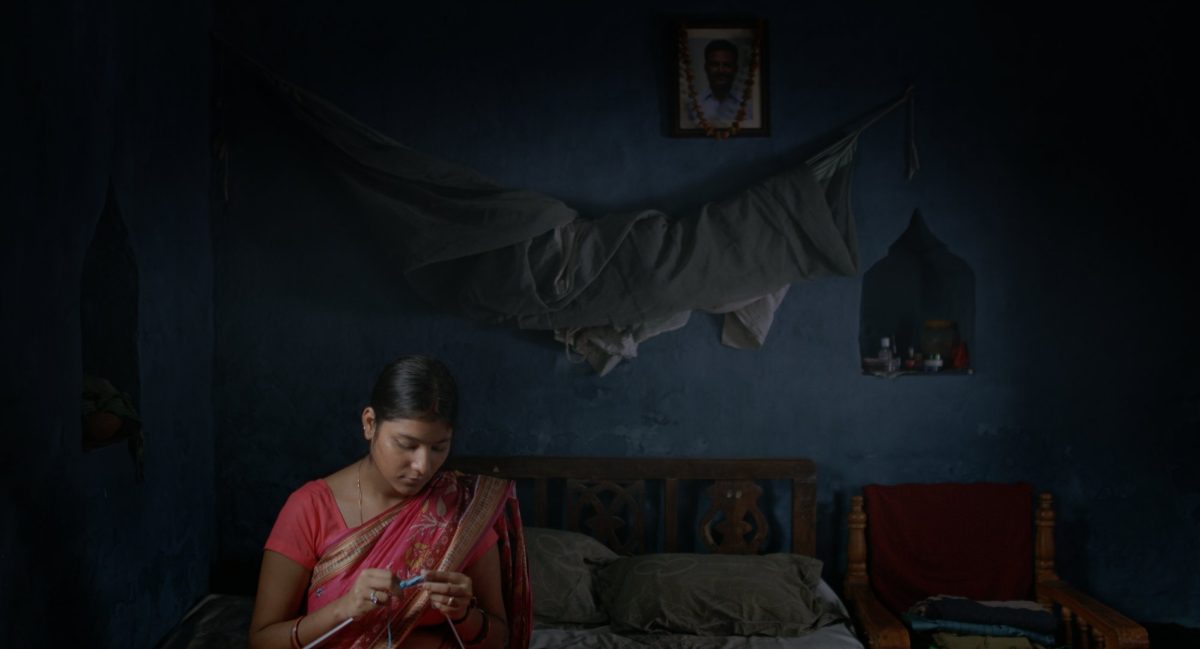With more and more films crossing borders and getting viewed in countries miles away from the land it was made, the idea that only a certain kind of film is made in a particular country and is thematically, aesthetically, and stylistically unique to that particular land is challenged in today’s highly connected world. These films from foreign lands not only affect how people watch or consume cinema but also how people make films (Ezra and Rowden, 2006).
Although such cinematic trade and influences had always been a part of any country’s cinema culture, earlier it was films only by certain masters of ‘world’ cinema that became easily available to watch, courtesy of film societies and film clubs (Majumdar, 2021). This, however, was limited only to connoisseurs of cinema who had access to such societies and clubs. This has changed with the advent of, firstly, the internet and various legal (and illegal) ways of accessing films, and now, with several OTT platforms (Iordanova, 2013, pp.46–50).
This is true for a country like India, which has long been associated with ‘masala’ films from the Hindi-language Bollywood and other mainstream industries, too. The country has seen a specific shift in film practice and viewing in the last few years. Along with masters of ‘world’ cinema, unique voices from other third world countries like the Philippines, Taiwan, Thailand, Mexico, etc., have found a place in the cinema-viewing culture of the country because of availability on the internet. Filmmakers like Lav Diaz, Carlos Reygadas, and Apichatpong Weerasethakul are among favourites alongside Robert Bresson, Andrey Tarkovsky, and others.
This has led Indian filmmakers, both mainstream and non-mainstream, to explore new ways of making films. Therefore, when one sees a film like “Killa” (“The Fort,” dir. Avinash Arun, 2014), one is reminded of the Iranian films featuring children and their quests and journeys.
When one sees “Newton” (dir.Amit Masurkar, 2017), one sees how different it is from other Bollywood films and yet mainstream enough to have a proper release in the theatres.” Trijya” (“Radius,” dir. Akshay Indikar, 2019) brings Kiarostami’s minimalism to one’s mind. Although rooted in their specific cultures, set in local backdrops, stylistically and aesthetically, these films go beyond the national borders, making room for a transnational engagement.
Related Read: Interview with Achal Mishra: “I was not just documenting our house, but also a culture which is slowly eroding.”
To understand this more, Achal Mishra’s film “Gamak Ghar” (“The Village House,” 2020) serves as the best example. The film is about a house inhabited by three different generations over a period of three decades, starting from 1998. It evokes a nostalgia for the disintegration of the joint family system and the migration of the younger generation to bigger cities for education and employment — a quiet loss that often goes unnoticed in a globalised world, until a film like “Gamak Ghar” compels us to see it.

Starring mostly family members of Achal Mishra, the film tries to capture small and big moments that the family has shared over the years, with things changing over time. “Earlier, we, your youngest uncle, your father, we used to live here together with grandma…But then the youngest uncle got a job elsewhere. We moved to the city. And your father mostly stayed away for studies. He had to become a doctor. Gradually, our visits became less frequent. Now, we come here just once a year. It’s not as easy to visit the village anymore. Nobody seems to have time these days,” (Gamak Ghar, dir. Achal Mishra).
A voice-over towards the end of the film conveys what Mishra and many like him feel. The film is set in a remote Indian village and is made in a local language (Maithili) instead of the dominant Hindi. It is about Mishra’s ancestral house, a family that eventually disintegrates, leaving the house inhabited, which will one day turn into ruins or be renovated into a modern house.
One might call the film a true ‘Indian’ or even ‘Bihari’ film, representing true Indian or Bihari culture and problems. However, is that really true? The film might be local in terms of its content and theme, but the way Mishra tells the story makes it a global film. In an interview with Filmmint, Mishra talks about how he “kept going back to Early Summer (dir. Yasujiro Ozu).”
Mishra makes use of different aspect ratios for different time eras to capture the mood of the era and the house, which is an experiment quite new to Indian cinema. The voice-over sounds like it has travelled from a Japanese film and found a place in an Indian film.
Like Yasujiro Ozu and Hou Hsiao-Hsien, his camera stands still observing the characters meandering through time, oblivious of their ever-changing lives. How did Achal Mishra acquire this cinematic language? His filmmaking journey might help us look at his films, which are essentially local and yet global in their execution. A son of a doctor, Mishra, born and brought up in a city in India, moved to the United Kingdom as a Film Studies undergraduate student, only to drop out a year later to make films.
He says in an interview with The Real Cinema Podcast that he discovered filmmakers like Yasujiro Ozu, Hou Hsiao-Hsien, Nuri Bilge Ceylan, and Hirokazu Koreeda, who shaped him as a filmmaker. Had he not travelled to the United Kingdom and not discovered these filmmakers, would “Gamak Ghar” still be the same film as it is today?
Had he not seen films of a different kind than Bollywood, would his second short film “Dhuin” (“Mist,” 2022) be a kind of visual homage to Abbas Kiarostami? There are no specific answers to these questions except the fact that exposure to cinema in India has changed filmmaking over the last few years, making new images visible, new voices heard, new terrains explored, and Achal Mishra is one of the many filmmakers who is making this possible.
Also Read: The 25 Finest Indian Movies of 2019
References
-
Ezra, E. & Rowden, T. (2006). Transnational Cinema: The Film Reader. Routledge.
-
Majumdar, R. (2021) Art Cinema and India’s Forgotten Futures. New York: Columbia University Press.
-
Iordanova, D. (2013) Instant, Abundant and Ubiquitous: Cinema Moves Online. 39(1), 46–50. Cineaste Publishers, Inc.
-
Mishra, A. (2022) ‘Hearth of Decades: Achal Mishra on The Village House’. Interview by Matthew Sorrento, Filmint, June 5. Available at: https://filmint.nu/achal-mishra-the-village-house-interview anees-aref/
-
Fifty Shades of Uth (2021) The Real Cinema Podcast. Feat. Achal Mishra | Episode 19 | Fifty Shades of Uth. Available at: https://www.youtube.com/watch?v=YNFTCdrcuxA [Accessed 22nd November 2022]
-
Mishra, A. (Dir.) (2019) Gamak Ghar. [Motion Picture]. India: Deaf Crocodile Films/Gratitude Films.
Bibliography
-
Ezra, E. & Rowden, T. (2006). Transnational Cinema: The Film Reader. Routledge.
-
Majumdar, R. (2021) Art Cinema and India’s Forgotten Futures. New York: Columbia University Press.
-
Iordanova, D. (2013) Instant, Abundant and Ubiquitous: Cinema Moves Online. 39(1), 46–50. Cineaste Publishers, Inc.
-
Rajadhyaksha, A. & Willemen, P. (1999). Encyclopaedia of Indian Cinema. London: Oxford University Press.
-
Devasundaram, A.I. (2016) India’s New Independent Cinema. 1st ed. [Online]. London: Routledge.
-
Devasundaram, A.I. (2018). Indian cinema beyond Bollywood. 1st ed. [Online]. New York ; London: Routledge.
Filmography
-
Killa (Avinash Arun, 2014, India) (Netflix)
-
Newton (Amit Masurkar, 2017, India) (Eros International)
-
Trijya (Akshay Indikar, 2019, India) (Mubi)
-
Gamak Ghar (Achal Mishra, 2019, India) (Deaf Crocodile Films) Early Spring (Yasujiro Ozu, 1956, Japan) (Shochiku) Dhuin (Achal Mishra, 2022, India)







![Blood Money [2021] Zee5 Review: Lack of Depth renders the otherwise Intriguing film quite Average](https://79468c92.delivery.rocketcdn.me/wp-content/uploads/2021/12/Blood-Money-2021-Zee5-768x381.jpg)